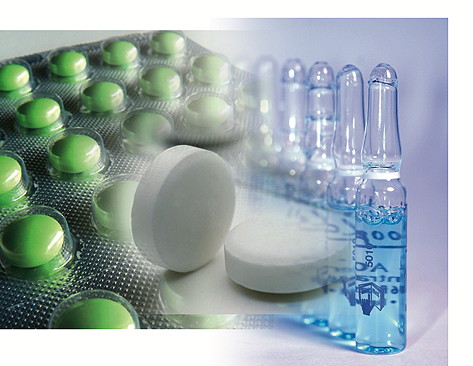Agile Qualification and Validation according to cGMP
Pharmaceutical companies and manufacturers of medical devices are always looking for a profitable path that combines both quality and productivity while observing all legal requirements.
More and more new trends are seen. One of these is an intensive qualification of automated systems including or excluding computer system validation (CSV). These subsequently take the manufacturing process under very deep consideration. Frequently the V-model is referred for this. However, this model cannot adequately provide the necessary and required flexibility.
Abiding by the classical V-model has become more and more difficult in a more challenging framework of less time and resources. Here ServoTech‘s new validation model AQV® can assist with „agile techniques and methods“.



Product and Process Knowledge
Critical quality attributes (CQAs) of the product need to be identified via the definition of the production process during process development.
In the associated process description, a risk assessment leads to the initial classification of quality relevant parameters (CPPs). A major component of the AQV® strategy is an early correlation of the CQAs/CPPs with the automation of the manufacturing process via Automation and Process Profiles (APPs) developed by ServoTech. „Quality by Design“ gains a new meaning here. This phase of the life cycle can be used to define reactions of the automated system to the manufacturing process.
The strategy establishes topics like handling of raw data, data security, data integrity, audit trail and the implementation of predicate rules like 21 CFR Part 11. Thereby specification of the automated system in a User Requirement Specification (URS) is facilitated.


Technical Process Qualification
Fabrication of automated systems is the central focus of Agile Qualification and Validation. The supplier‘s documented proof as evidence for the quality of a value-added process is used in all further stages of qualification and validation. A risk assessment of the automated system from a GMP point of view including the APPs is combined with agile techniques and methods.
The direction for activities in the supplier‘s development process and his activities for implementing regulatory requirements for the future operating company is set. These are, for example, Factory Acceptance Test (FAT), Site Acceptance Test (SAT), Installation Qualification (IQ), Operational Qualification (OQ), and Process Performance (PPQ).
Close and equal cooperation between the supplier‘s organizational structures and project organization of the operating company is achieved, all within their core competences. Transfer of product and process knowledge is facilitated, significantly assuring success for the project.


Continuous Process Validation
The strategy for process control has been implemented. The system for manufacturing the product has been qualified. Cleaning Validation has taken place.
Based on the manufacturing process‘s parameters the process is reviewed for being capable of a reproducible commercial production. Final specification boundaries are set. A functional change management is indispensable. Experience has shown that this phase generally includes optimization.
Subsequently continuous process validation can start. Continuous monitoring proves, on the basis of key numbers, that the manu- facturing process is controlled at any time. Agile qualification and validation provides a high degree of process and product knowledge, efficiency, safety, and continuity during the complete manufacturing process before a product is being delivered to the patient.



The agile qualification and validation strategy according to cGMP can be implemented independent of the product and the connected validation strategy. In the age of „Pharma 4.0“ it is complex and difficult to transfer projects into a holistic planning conforming to the requirements of the regulated industry.
AQV® contributes to transparency on the part of the supplier as well as the operating company. Requirements, progress and challenges are recorded in a regular and clearly visible way. Results and functionality of the automated manufacturing process are continuously delivered and assessed.
Requirements for the automated system, plans and procedures are not set in stone. They are adapted continuously and in detail.
AQV® does not reduce the complexity of the validation, but structures validation in smaller, less complex elements. This will ensure success at the end of the project life cycle.